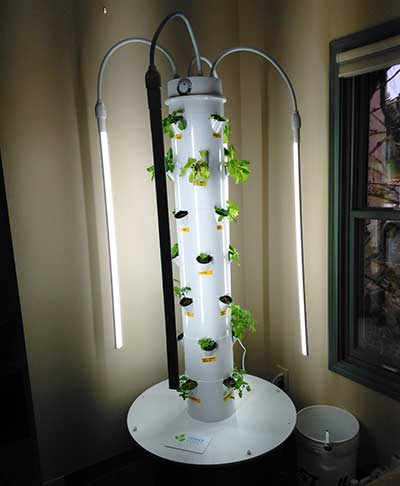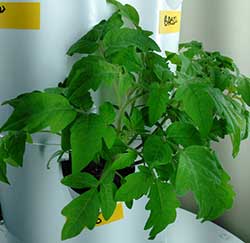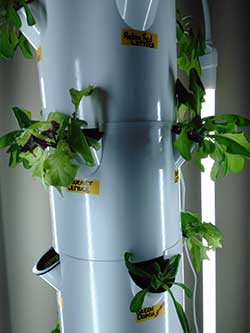University Communications and Marketing
Nov. 15, 2018

MSU Billings receives assistance for farm-to-table program
Native American Achievement Center benefits from support of NADC
Contacts:
University Communications and Marketing, 657-2266
MSU BILLINGS NEWS— The Native American Achievement Center (NAAC) at Montana State University Billings, in partnership with the Native American Development Corporation, recently launched a farm-to-table program.

The Native American Development Corporation (NADC), a non-profit organization based in Billings, Mont., received funding from the U.S. Department of Health and Human Services Administration to develop the program over a three-year period on Montana reservations. The funding is part of the HHS – Healthy Foods Financing Initiative. The goal of the program is to increase the capacity of local and regional food systems to enable greater access to locally grown, healthy foods for residents living in rural communities with scarce access to fresh food.
The goal of the federal farm-to-table program is to bring healthy food grown locally to the dinner tables of Native elders and other Native community members living in Billings and across the state. At MSU Billings, one goal for the garden tower is to influence our students to eat more fresh produce as a means to improve their health. A goal for the outdoor garden is to promote food sovereignty by growing indigenous plants that were essential to the American Indian’s diet before colonization.

MSUB is a learning environment where lessons about healthier food choices occur easily and naturally at the Native American Achievement Center. Students are employed in work study roles to tend to the tower garden and outdoor raised beds. They help with the planting and harvest and in doing so are taught protocols of respect by gifting elders with the first harvest from the gardens. In return, the elders will pray for continued success for the students involved with the gardens. This is an opportunity for our students to learn more about the benefits of fresh produce and how to prepare them for meals, remarked Charette.
The ability of the NAAC to participate in the program was made possible with generous donations from the NADC, including a Tower Garden, plants, and water treatment supplies as a way to grow produce indoors. The Tower Garden has 28 plants in a timed aeroponic system that consists of a 20 gallon tank, timers, and lights. The Tower Garden is specifically patented with specific PVC piping and a water drip system that prevents growth of mold and bacteria within the space. The cost to operate the system is less than $6.40 per month. This is a way to grow produce without the harsh weather conditions hampering the growth of organic vegetables and herbs.
Last spring the NADC purchased all the plants for the outdoor garden beds at NAAC, a cultivator, garden tools, water hoses and a wheel barrel. They also donated seven fruit trees to MSUB. Three trees are growing in the back yard at the NAAC and four are growing along the south side of the parking lot adjacent to Rimrock Road. “It will be a few years before they produce fruit,” added Charette. “The long-term plan is that our students would harvest the food for themselves and their families. The Healthy Food project at NADC seeks to improve the health of Native people who have a high rate of type II diabetes.”
Future plans for the NAAC tower garden and outdoor garden include growing sweet grass, a sacred herb used in smudging, growing wild prairie turnips, growing wild June berries, chokecherries, and plums. Additionally, the wild peppermint patch will be expanded from its present space of two feet in length to the entire fence line on the north side of the NAAC back yard.
The NAAC was selected as a participant in the NADC farm-to-table program in August 2016, and activities began September 29, 2016. The partnership between NAAC and NADC grew as a result of Dr. Johnel Barcus’ prior work with NADC. Dr. Barcus provided food feasibility studies for NADC and tribal communities in Montana. She collaborated with the NADC Healthy Foods project at NADC and they invested in the raised garden beds in the back yard.
For more information contact Reno Charette, director of the Native American Achievement Center at 657-2144 or rcharette@msubillings.edu.
